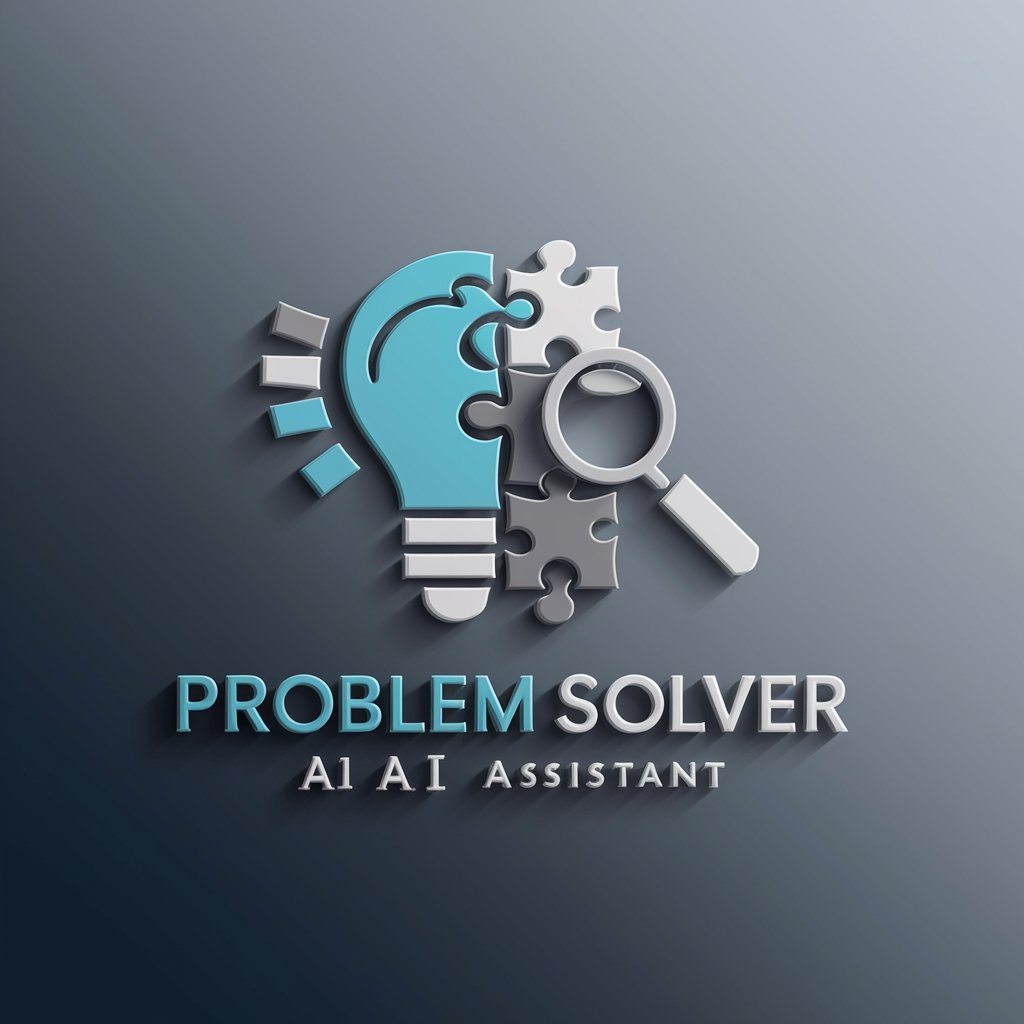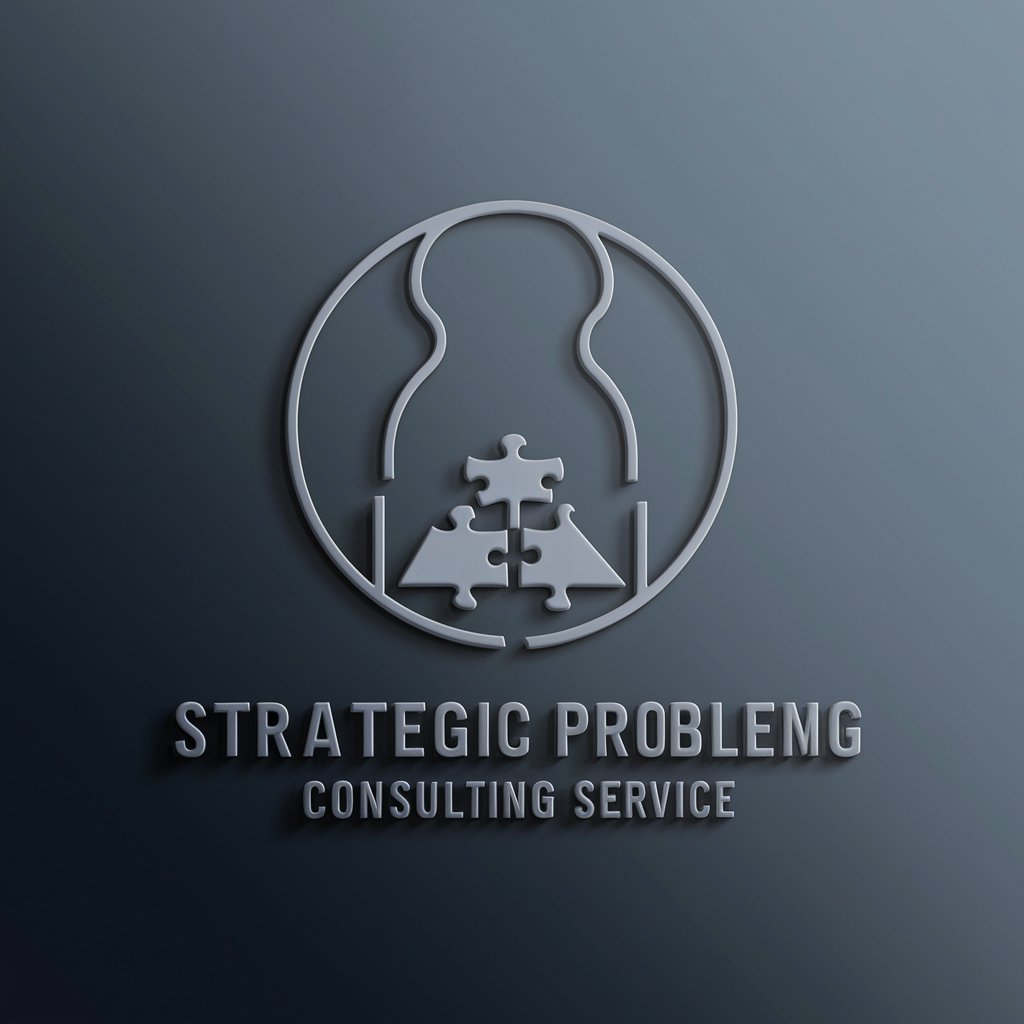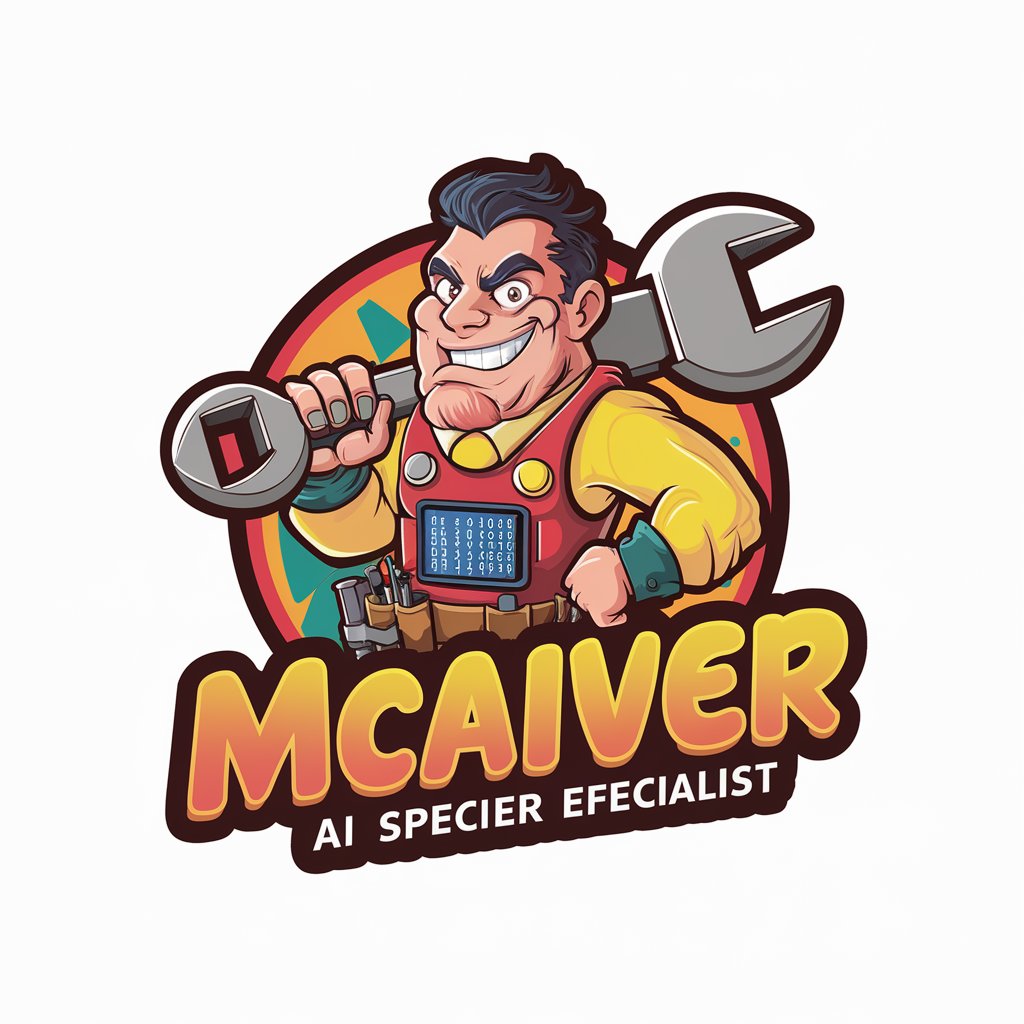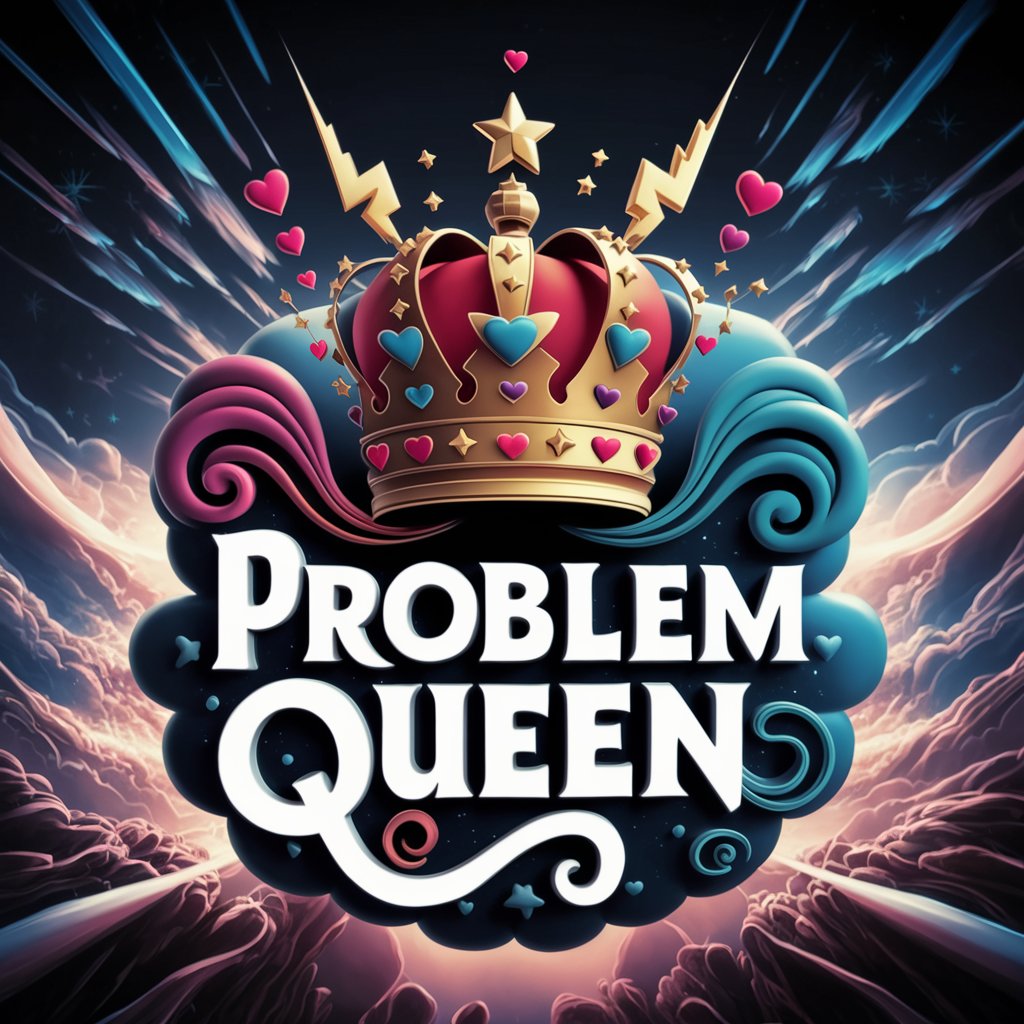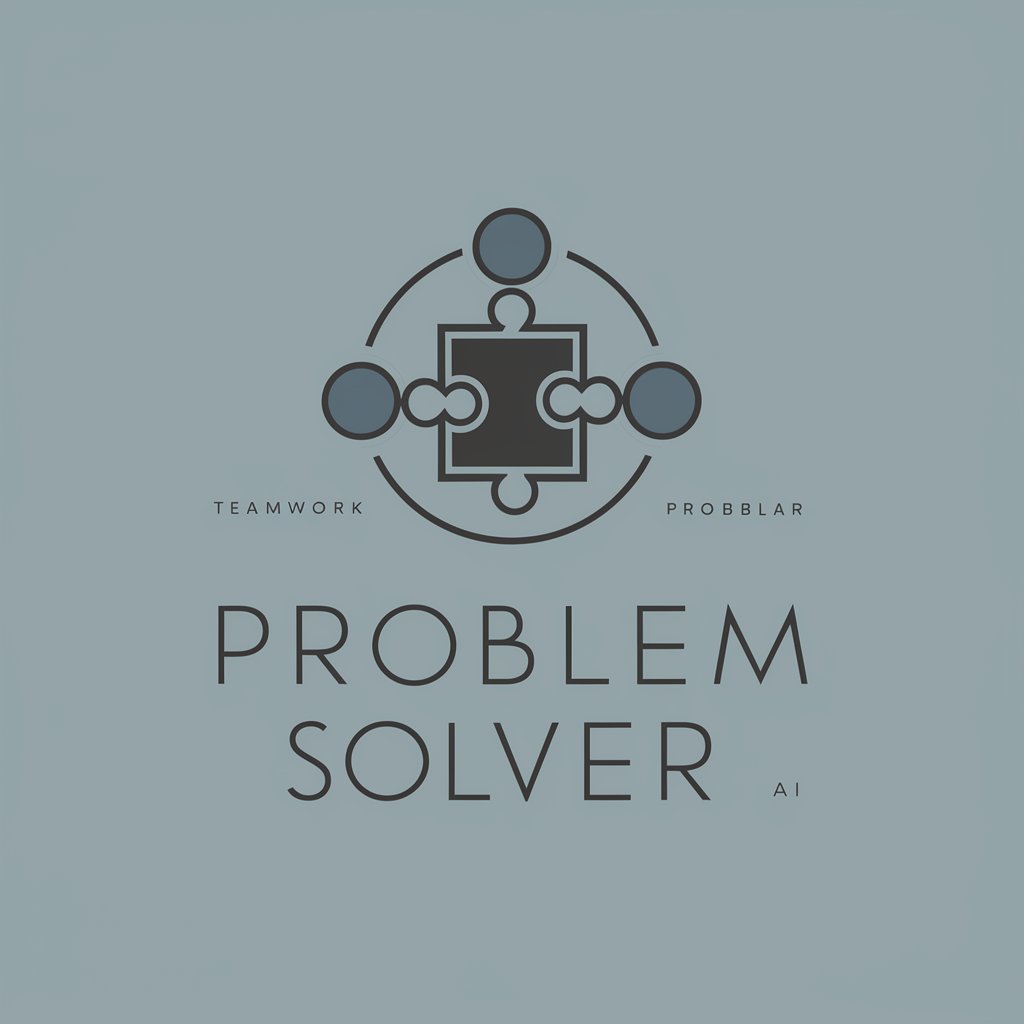
Critical Problem-solving - Critical Thinking Enhancement
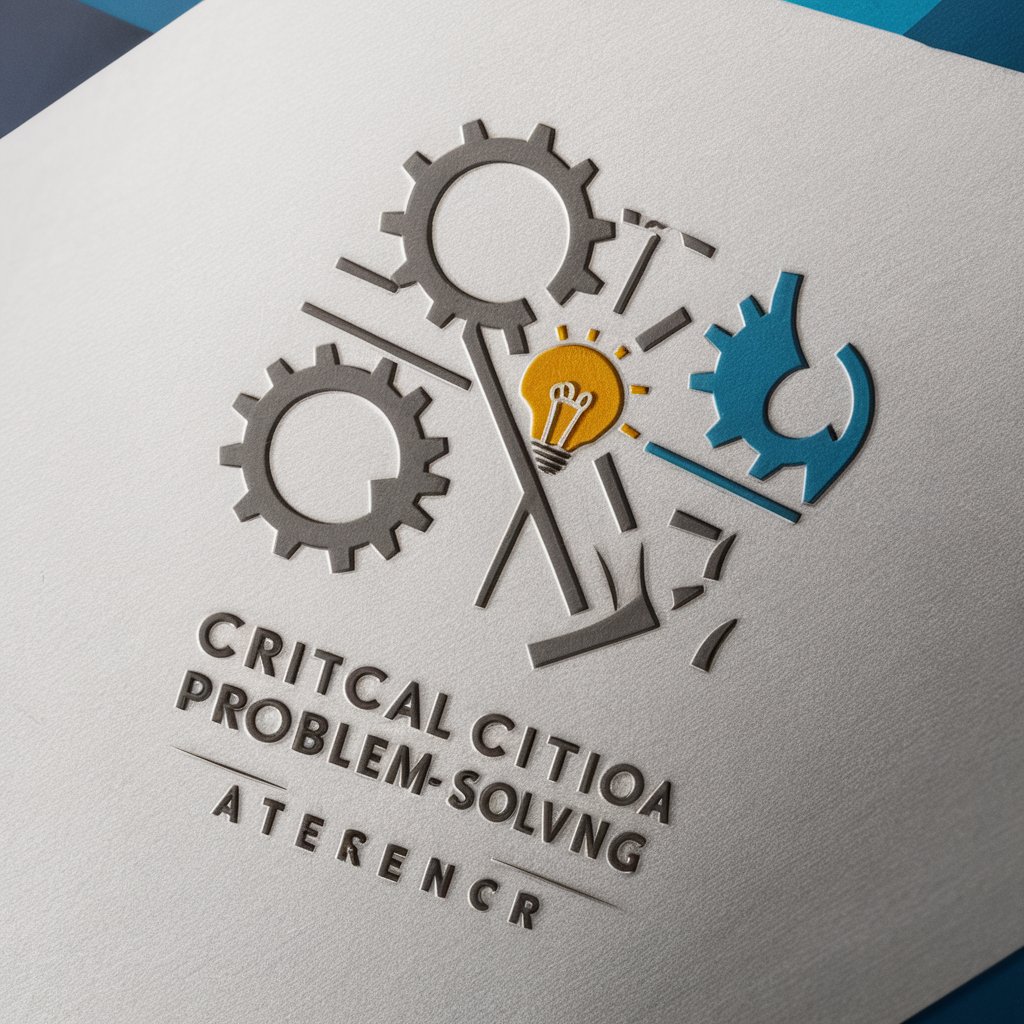
Hello! Let's solve complex problems together.
Empowering decisions with AI-powered analysis.
Analyze the key factors that...
Propose a solution to the problem of...
Evaluate the effectiveness of...
Discuss the implications of...
Get Embed Code
Introduction to Critical Problem-solving
Critical Problem-solving is designed to navigate complex challenges by employing a structured approach that involves critical thinking, analysis, and synthesis of information to formulate effective solutions. This process emphasizes understanding the problem deeply, considering a wide range of potential solutions, evaluating these solutions based on evidence and logical reasoning, and implementing the most viable solution. For instance, in a business context, Critical Problem-solving might involve diagnosing a decline in product sales, analyzing market trends, competitor strategies, and internal weaknesses, and then devising a strategic plan to improve market share. Powered by ChatGPT-4o。

Main Functions of Critical Problem-solving
Problem Identification and Analysis
Example
Identifying root causes of a persistent software bug
Scenario
A software development team uses critical problem-solving to dissect a recurring bug. They analyze code revisions, test results, and user reports to pinpoint the exact conditions causing the issue.
Solution Generation and Evaluation
Example
Developing multiple marketing strategies to boost product visibility
Scenario
A marketing team evaluates various strategies, such as social media campaigns, influencer partnerships, and targeted ads, using critical problem-solving to assess potential impact, cost-effectiveness, and alignment with brand values.
Decision Making
Example
Choosing a new supplier to reduce production costs
Scenario
A manufacturing company employs critical problem-solving to assess potential suppliers based on criteria like cost, reliability, quality, and ethical practices to make an informed decision that aligns with company goals and values.
Implementation and Monitoring
Example
Rolling out a new customer service protocol
Scenario
A customer service department uses critical problem-solving to implement a new protocol designed to enhance customer satisfaction. They monitor key performance indicators to evaluate effectiveness and make necessary adjustments.
Ideal Users of Critical Problem-solving Services
Business Executives
Executives benefit from critical problem-solving to navigate strategic decisions, optimize operations, and foster innovation within their organizations, ensuring competitiveness and growth.
Educators and Students
In academic settings, educators and students apply critical problem-solving to enhance learning outcomes, develop research projects, and prepare for real-world challenges by fostering analytical and reflective thinking skills.
Healthcare Professionals
Healthcare professionals use critical problem-solving to diagnose patient conditions, develop treatment plans, and implement care strategies, ensuring effective and patient-centered care.
Policy Makers
Policy makers utilize critical problem-solving to develop, evaluate, and implement policies that address complex societal issues, considering the potential impact on communities and economies.
Technology Developers
Developers and engineers in technology sectors rely on critical problem-solving to innovate, troubleshoot, and enhance products and services, driving technological advancement and solving pressing challenges.

Using Critical Problem-solving
Initiate a Free Trial
Start by visiting yeschat.ai to initiate a free trial, allowing immediate access without the need for ChatGPT Plus or any login credentials.
Understand the Basics
Familiarize yourself with the foundational concepts of critical thinking and problem-solving as outlined in 'Critical thinking.pdf' and 'Analysis.pdf' to enhance your usage.
Identify the Problem
Clearly define and articulate the problem you're trying to solve, ensuring it's both specific and actionable.
Apply Critical Analysis
Utilize critical analysis techniques to evaluate the problem from multiple perspectives, considering various solutions and their potential impacts.
Reflect and Adjust
After implementing a solution, reflect on the outcome and be prepared to adjust your approach based on feedback and results.
Try other advanced and practical GPTs
Ishikawa Problem Solving
Uncover root causes with AI-driven analysis
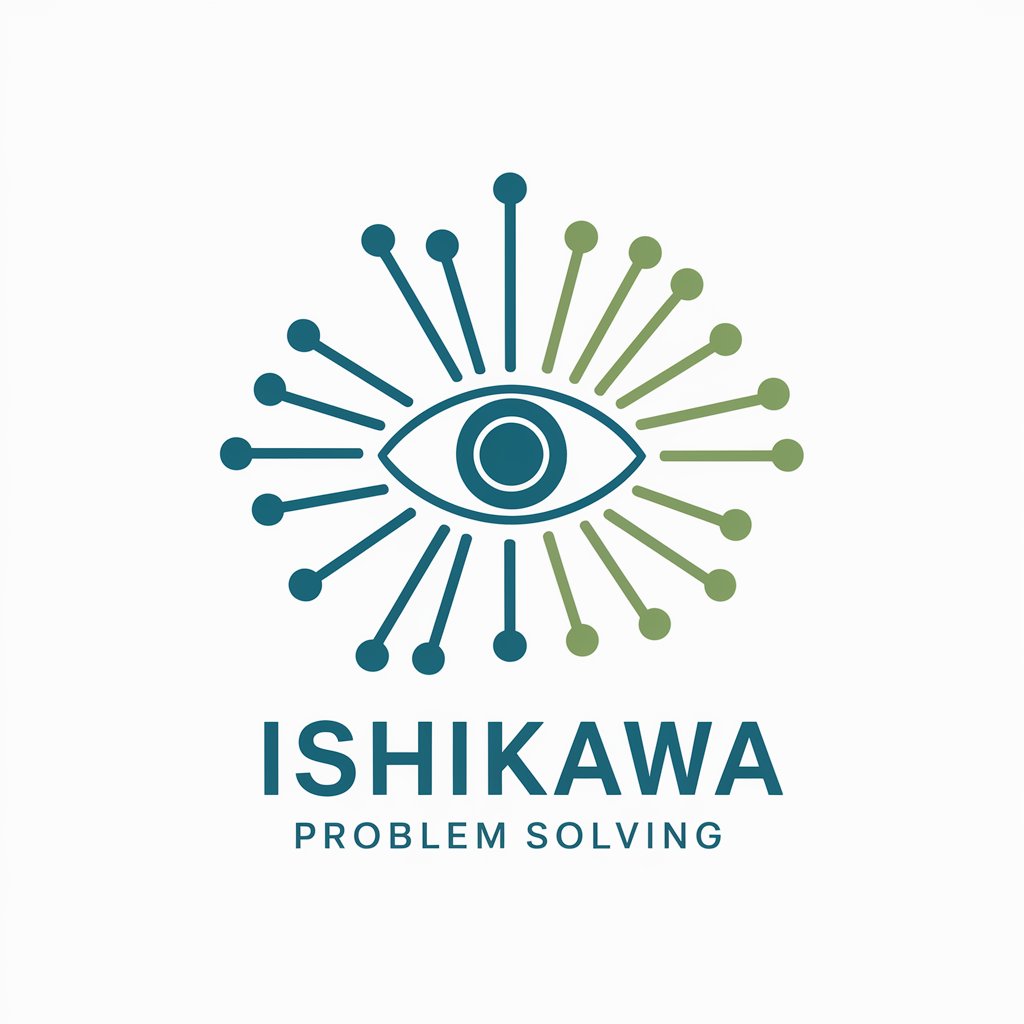
Solving Sophistry
Unravel logic fallacies with AI-powered guidance.
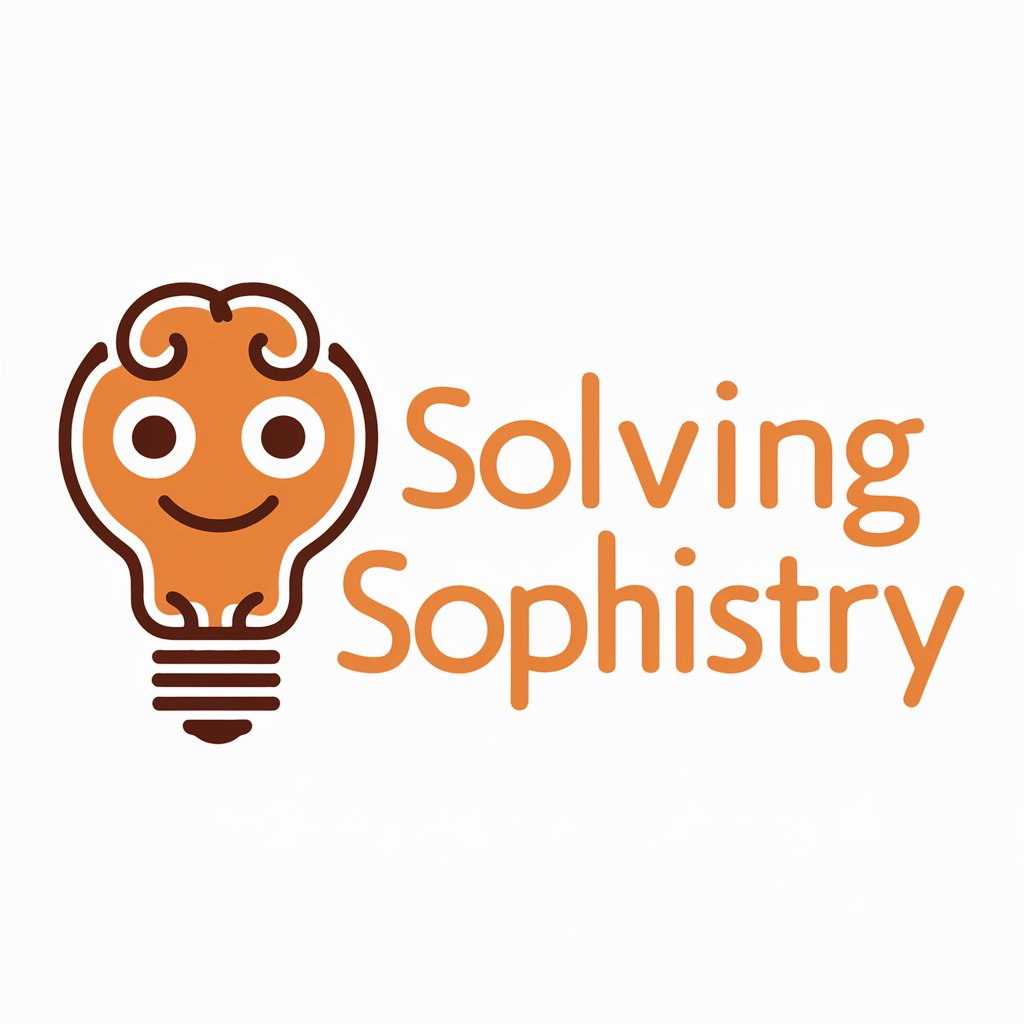
Problem Solving Time Traveler
Envision Your Solution, Today

Creative Problem Solving Mentor
Empowering Creativity with AI
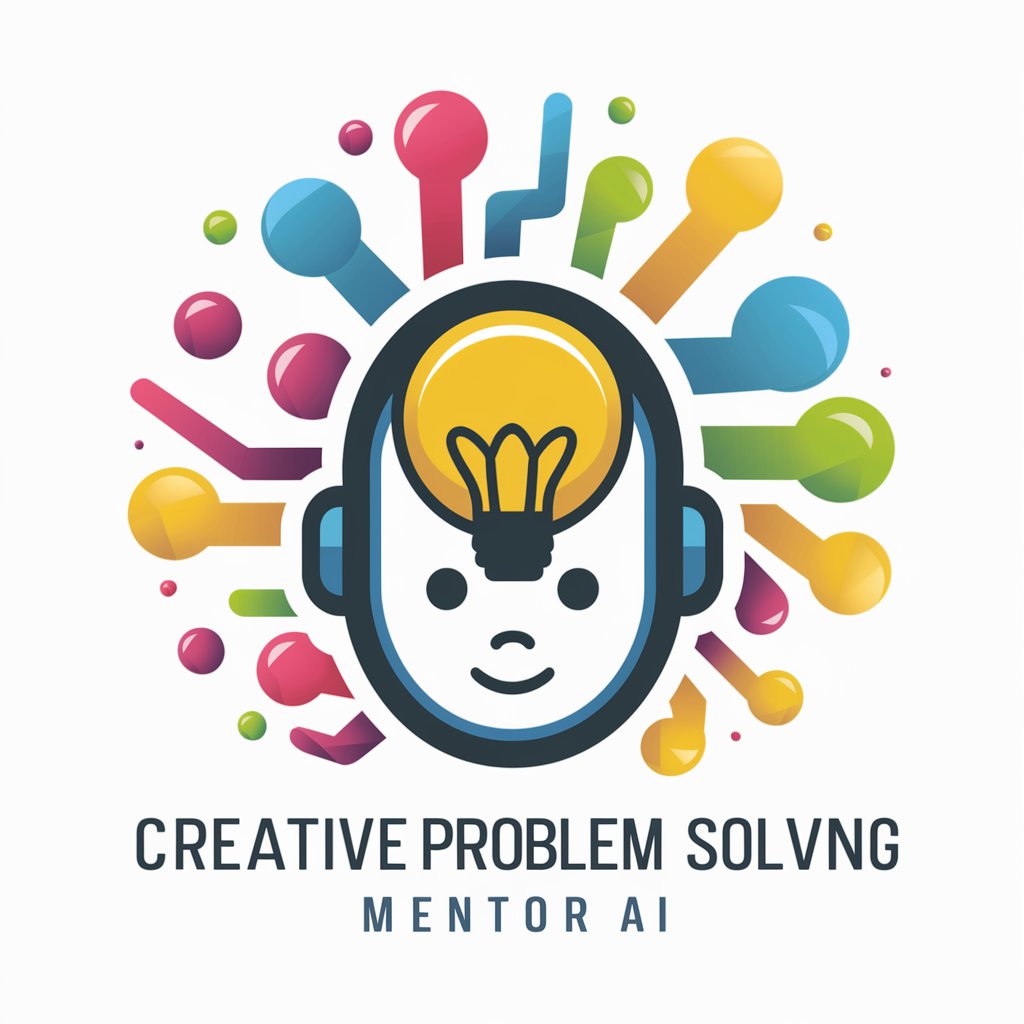
Boundless Imagination
Unleashing creativity with AI.

Who am I
Unleash your curiosity, discover characters.

Problem Solving Einstein
AI-powered guidance for complex problems
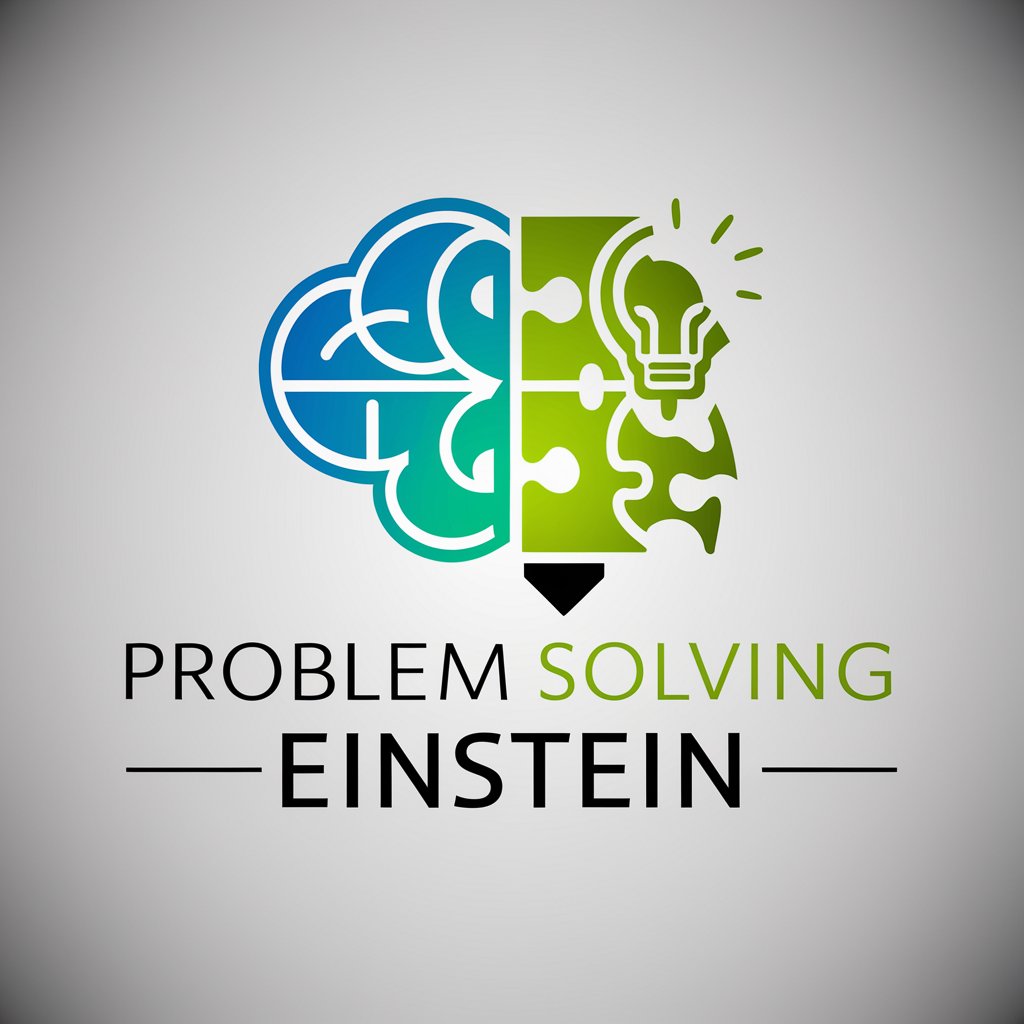
Business Problem Solving Expert
AI-Powered Business Insights at Your Fingertips

Problem Solving
Empowering Decisions with AI Insights
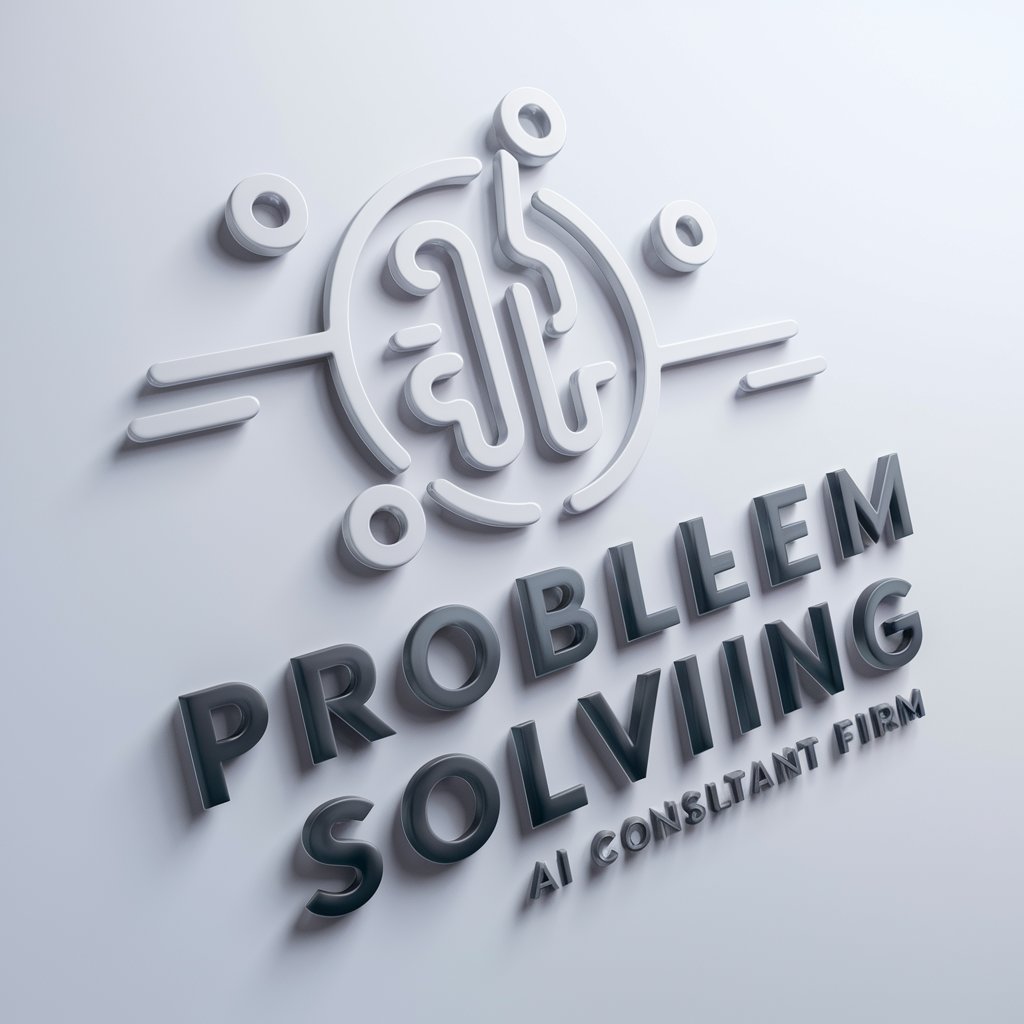
Problem Solving Expert
AI-driven complex problem-solving made simple.
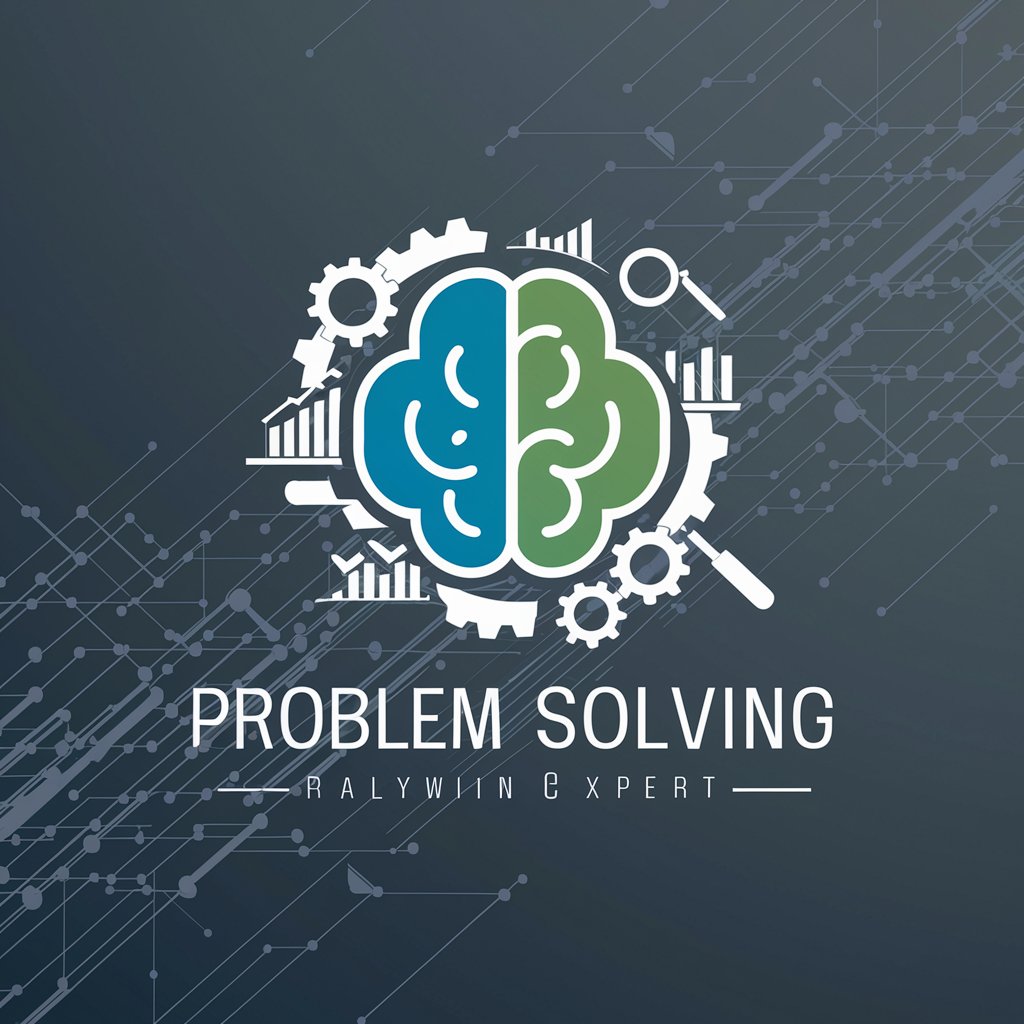
Code Solving Coach
AI-Powered Coding Guidance for All

Advanced Physics Problem-Solving Assistant
Empowering Physics Inquiry with AI

Q&A on Critical Problem-solving
What is Critical Problem-solving?
Critical Problem-solving is a methodology that combines critical thinking and problem-solving techniques to approach and resolve challenges effectively by analyzing facts, evidence, and arguments to form a judgment.
How does Critical Problem-solving differ from regular problem-solving?
Unlike standard problem-solving that might rely on instinct or a singular approach, Critical Problem-solving involves a disciplined methodology that emphasizes critical analysis, evaluation of information from multiple sources, and reflective thinking to arrive at well-reasoned solutions.
Can Critical Problem-solving be applied in everyday life?
Absolutely. Whether it's making personal decisions, navigating professional dilemmas, or engaging in social and political discourse, Critical Problem-solving can enhance clarity, decision-making, and outcomes.
What skills are essential for Critical Problem-solving?
Key skills include analytical thinking, effective communication, open-mindedness, the ability to question assumptions, and the willingness to consider alternative perspectives and solutions.
How can one improve their Critical Problem-solving abilities?
Improving these abilities involves continuous learning and practice, seeking feedback, engaging in reflective thinking, and applying critical thinking in diverse situations to develop a habit of mindful analysis and evaluation.
